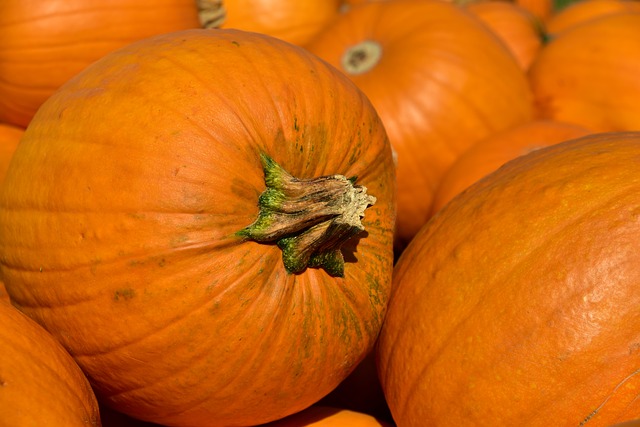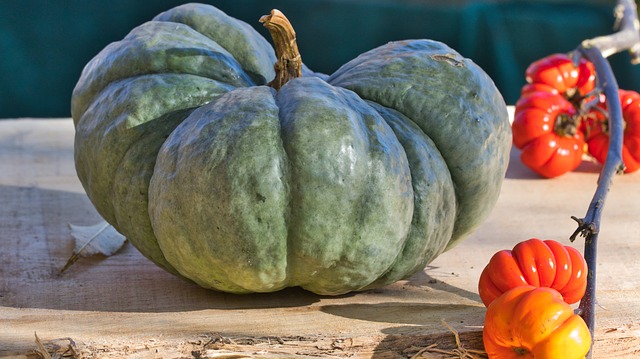Pumpkins are harvested in the fall. However, one needs to plan early for a good harvest. In addition to the variety, the right location must be chosen. If you want your pumpkins to grow properly, they should be ready by spring at the latest.
What variety should you choose?
Which variety to grow is really a matter of taste
- Ornamental
- Large
The ornamental variety is not edible, and the large variety has different tastes and uses. Oil gourds are grown exclusively for their seeds. The pulp is edible, but the taste is not good.
Location and Planting
Once you have decided on one or more varieties, the next decision is where to place them. Remember that most of these plants require a lot of space. How much space exactly do they need? That depends on the variety. An area of at least 2 meters by 1 meter is needed.
● The soil must be nutritious.
● Soil must be evenly moist.
A good place is, for example, at the foot of a compost heap. Here, the plants can get an even supply of nutrients. If you grow plants on top of the compost heap, they will also provide shade.
● Pumpkins are sensitive to heat, so wait until after frost to plant them in the soil. Depending on the region, mid-May or later is a good time to start.
Care and Harvesting
Once pumpkins are successfully planted, they need care. This means protecting them from cold and slugs. For example, if there is a threat of cold weather at the end of May, cover them with plastic sheeting. Seedlings are very popular with snails. If they survive the first few weeks without incident, they will no longer be in danger from cold and snails. After that, they need little care.
Water regularly.
● Mix in mulch to keep the soil from dehydrating and to keep it evenly moist.
● For example, fertilizer should be applied regularly, but not in excess. They need a lot of nutrients, but not as much as kale.
In late summer and fall, gourds ripen. This is most evident in the stem. It dries and becomes woody. In addition, they often form a net-like structure. For larger varieties, a knock test can be performed. If it sounds clear, you can start picking. Just cut the stem with a knife. All fruit must be harvested before the first frost.